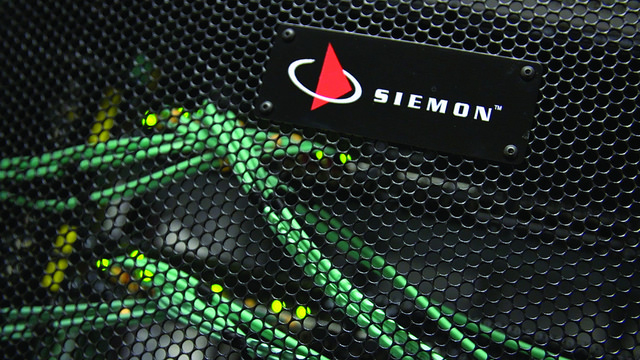The choice of cabling will determine whether the data centre can actually facilitate the ever increasing demand for higher Ethernet speeds of today’s dynamic businesses. At the data centre edge, switch-to-server connections now require 40 Gb/s and even higher speeds and this has resulted in the devleopment of 25GBASE-T and 40GBASE-T Ethernet applications for this part of the data centre. To satisfy the 2 GHz bandwidth requirements to support 25 Gb/s and 40 Gb/s throughput, a new category of cabiling -Category 8 – was developed. Today, class I, class II, and category 8 cabling are characterised to 2 GHz supporting 30 metre cabling channels that contain no more than 2 connectors. These channels and the emerging 25G/40GBASE-T applications that they support are specifically targeted for deployment at the data centre ‘edge’ where server to switch connections are made.
In the data centre backbone, speeds are now surpassing the 100Gb/s mark and 200 and 400 Gigabit Ethernet speeds will soon be supporting bandwidth hungry applications. Here it is important to ensure that the installed data centre cabling technology can support migration to these future applications.
With 200 and 400 Gb/s applications transmitting over fibre counts that are divisible by 2 or 8, deployment of new 8-fibre/MTP solutions – instead of the commonly installed 12-fibre MTP connectivity – are highly recommended. Using 12-fibre MTP connectivity to support current and future 8-fibre applications would mean that only 8 of 12 fibres will be in use, with four fibres or 33 per cent going unused. Using 8-fibre MTP backbone cabling and 8-fibre MTP jumpers instead, achieves 100 per cent fibre utilisation.
Today, 8-fibre MTP solutions provide the most efficient, cost-effective and highest performing option for current 8-fibre 40 and 100 Gigabit applications such as 40GBASE-SR4 and 100GBASE-SR4, and they also provide an easy migration path to next generation 200 Gb/s and 400 Gb/s applications.
For data centre facilities that already have 12-fibre MTP solutions installed and are looking to support current and future 8-fibre applications, conversion cords or modules can be deployed that transition two 12-fibre MTPs to three 8-fibre MTPs to enable 100 per cent fibre utilisation. This however is a more complex way to achieve 100 per cent fibre utilisation compared to using 8-fibre MTP solutions. Conversion cords mean that 3 ports will have to be taken offline in the event of a damaged cord, while conversion modules introduce additional insertion loss into the channel which might impact overall performance.

















